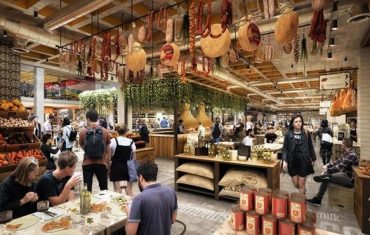With Father’s Day just around the corner, Aussies’ love for spontaneous shopping remains strong despite financial pressures, offering an opportunity for retailers to better enhance their marketing efforts.
According to research by ShopFully and YouGov, 80 per cent of Aussie adults have indulged in an impulse purchase while in-store since the beginning of 2024 and almost 92 per cent of Australians have admitted to buying something impulsively at any point.
“This prevalence of spontaneous spending highlights just how impulsive we can be as shoppers, even suggesting a growing behavioural trend despite economic pressures currently affecting the nation,” says Brendan Straw, ShopFully country manager for APAC.
The younger generations are more likely to have made an impulsive purchasing decision since the start of the year, with Gen Z (88 per cent) most prevalent, followed by Millennials (83 per cent), Gen X (81 per cent) and Baby Boomers (73 per cent). Also, households with children at home under the years of 18, are more likely to have made an in-store impulse purchase at some point in 2024 (84 per cent) compared to those without (77 per cent).
“Given their dynamic lifestyles and varied needs, it makes sense that younger generations and families with young children are more inclined towards impulsive shopping. This trend suggests that as these demographics continue to grow, retailers can expect a sustained or even increased pattern of impulse purchasing in the coming years.”
This data shows us that retailers and brands not only need to focus on the first steps of the funnel, when people are looking for products, discovering new brands or shops, but also on the last steps, when they are approaching or inside the store.
“Retailers could leverage this tendency for impulse purchases by strategically placing enticing products at checkout counters and along store aisles, making them more visible to the shopper. Additional promotions offered through an omnichannel approach and in-store marketing tailored to families and younger generations could also be a strategy to further boost impromptu sales,” Straw adds.
“Impulse shopping and spontaneous spending indicate a dynamic retail environment where consumers seek immediate gratification and convenience, even amidst a cost-of-living crisis. For retailers, this means crafting a shopping experience that is both enjoyable and strategically designed to cater to these impulses.
“By encouraging customers to visit their stores, businesses can capitalise on the high rate of in-store impulse buying, providing value and deals that appeal to budget-conscious shoppers, while also strengthening customer relationships. This approach is crucial for cultivating long-term clients in challenging economic times.”







